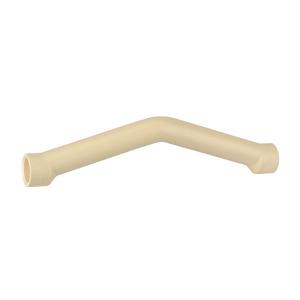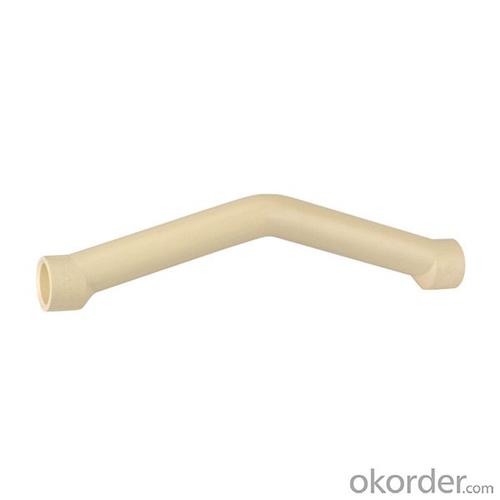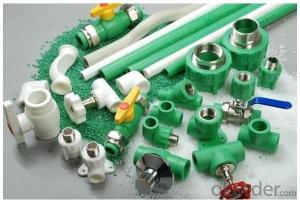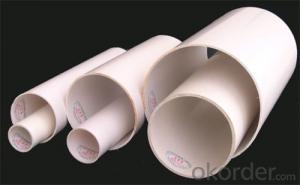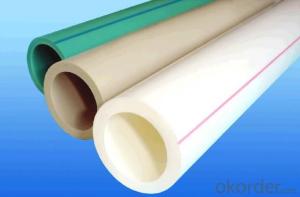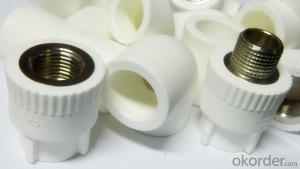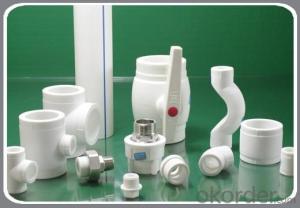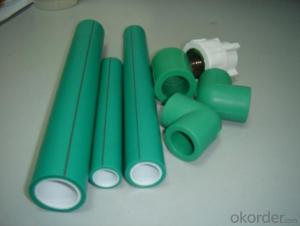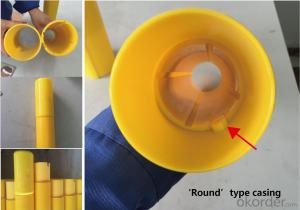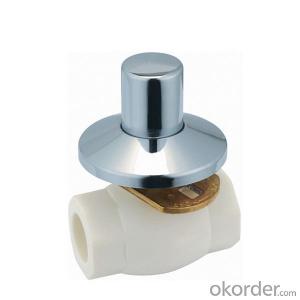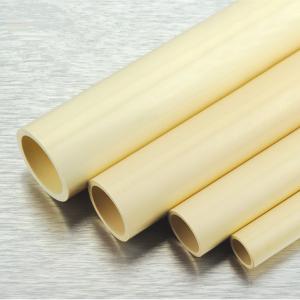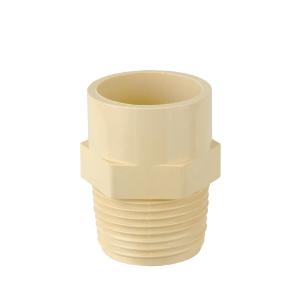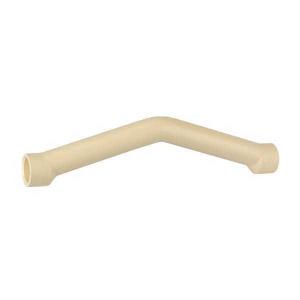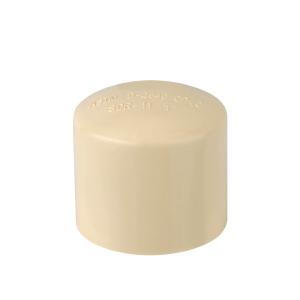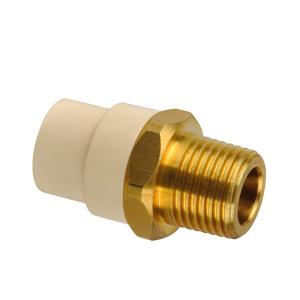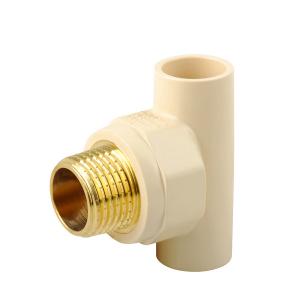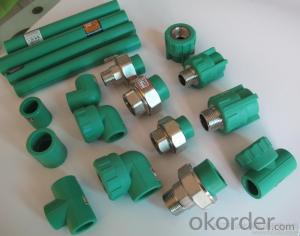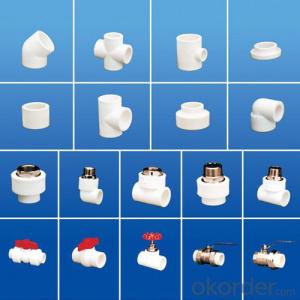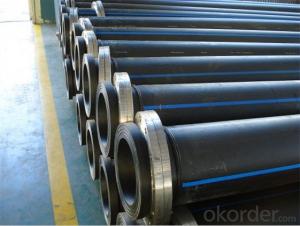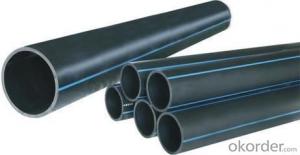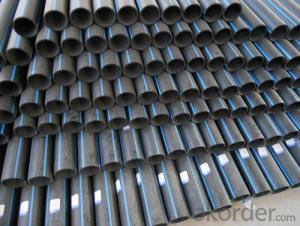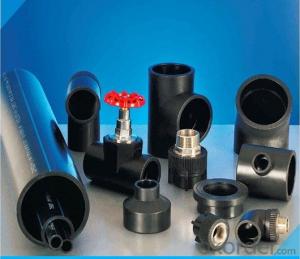High Temperature CPVC Step Over Bend Plastic Pipe Fitting ASTM D2846
- Loading Port:
- Ningbo
- Payment Terms:
- TT or LC
- Min Order Qty:
- 500 pc
- Supply Capability:
- 100000 pc/month
OKorder Service Pledge
OKorder Financial Service
You Might Also Like
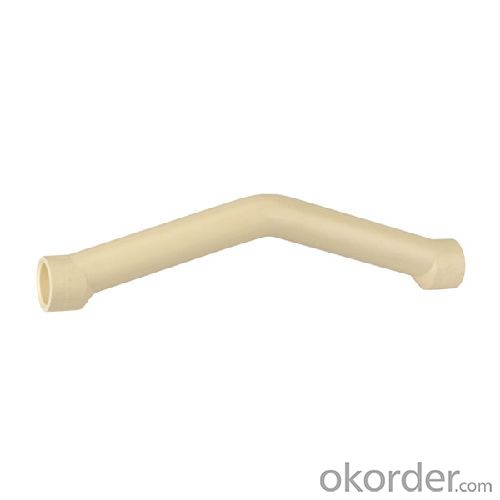
| Quick Details | |
| Material: Plastic | Connection: glue |
| Technics: injection | Shape: Equal |
| Type: bend | Head Code: round |
| Place of Origin: Zhejiang, China (Mainland) | color: IVORY |
| Model Number: CDS023 | size: 1/2"~2" |
| certification: NSF, ASTM D284 | certification: NSF, ASTM D284 |
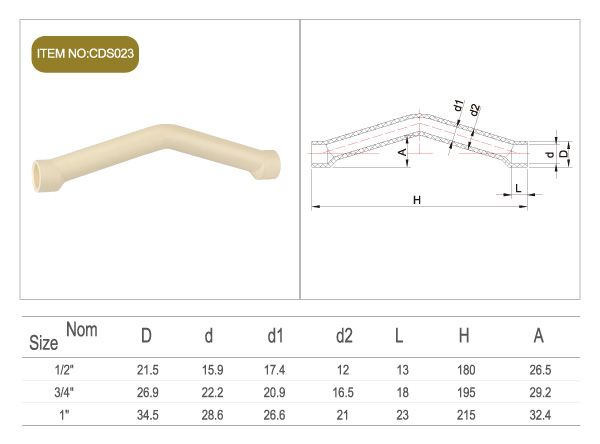
| Packaging & Delivery | |
| Packaging Details: | 51.5*40*550px; 49*39*950px; 39*25.5*625px |
| PE poly bag+ carton | |
| 385-1130 CTNS/ 20 CONTAINER; 935-2740 CTNS/ 40HQ | |
| Delivery Detail: | 15 days. |
Specifications
Material: CPVC
Standard: ASTM D-2846
Pressure: PN25(2.5Mpa)
Size: 1/2"-2";
Color: beige
Certificate: ISO9001, ISO14001,NSF
CPVC PIPE FITTINGS
CPVC step over bend
1. materialCPVC
2. size:1/2"to2"
3. standard:ASTM D-2846
4. Certification:ISO9001 ISO14001,NSF
5. best price,excellent quality,quick delivery
Advantages:
1) Healthy, bacteriological neutral, conforming to drinking water standards
2) Resistant to high temperatures, good impact strength
3) Convenient and reliable installation, low construction expenses
4) Excellent heat-insulation property from minimum thermal conductivity
5) Light weight, convenient to transport and handle, good for labor-saving
6) Smooth inner walls reduce pressure loss and increase flow speed
7) Sound insulation (reduced by 40% compared to galvanized steel pipes)
8) Light colors and excellent design ensure suitability for both exposed and hidden installation
9) Extremely long usage life for at least 50 years
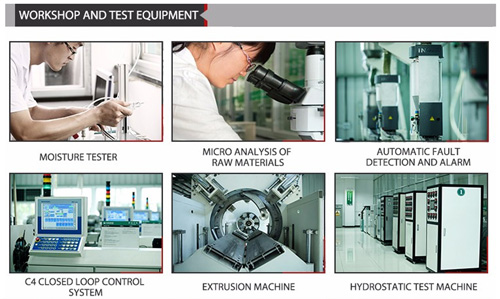
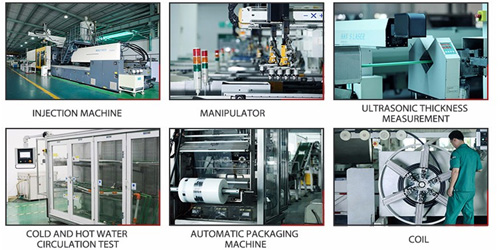
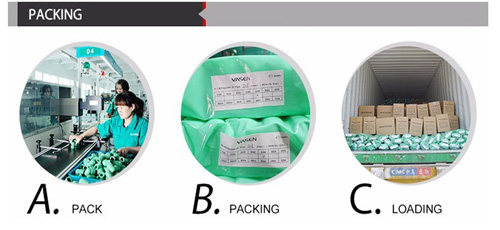
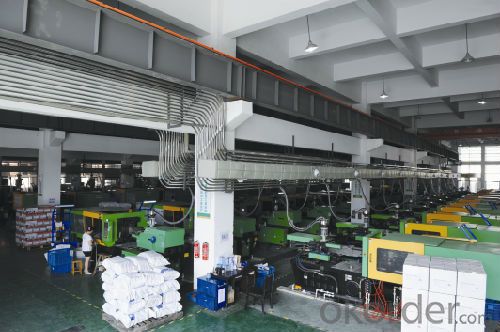
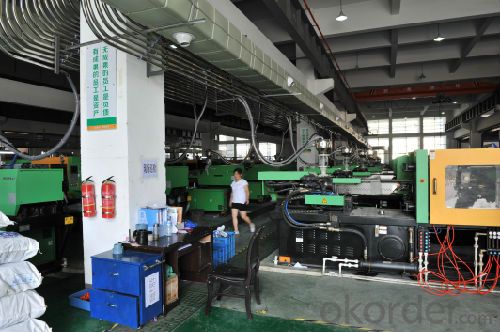
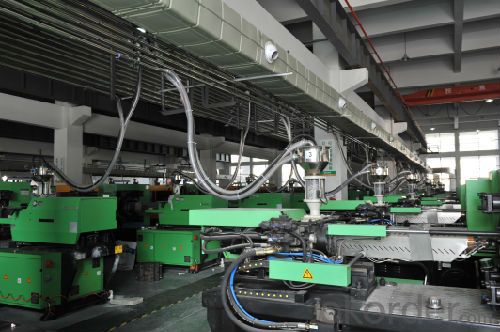
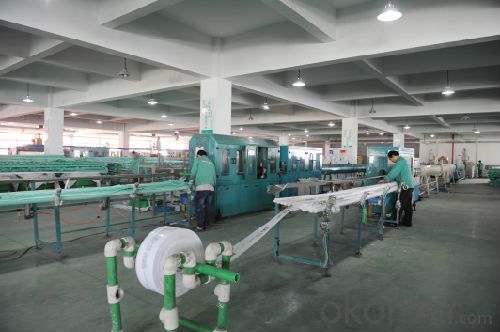
- Q: What tools are needed to install plastic pipe fittings?
- The tools needed to install plastic pipe fittings typically include a pipe cutter, deburring tool, solvent cement, and a wrench or pliers for tightening the fittings.
- Q: Are plastic pipe fittings resistant to hydrogen sulfide gas?
- Yes, plastic pipe fittings are generally resistant to hydrogen sulfide gas.
- Q: Can plastic pipe fittings be used for hot water applications?
- Yes, plastic pipe fittings can be used for hot water applications. However, it is important to choose fittings that are specifically designed and rated for use with hot water to ensure they can withstand the temperature and pressure requirements of the system.
- Q: Can plastic pipe fittings be used in fire-resistant systems?
- No, plastic pipe fittings should not be used in fire-resistant systems as they have a lower resistance to heat and fire compared to other materials such as metal or fire-resistant plastics.
- Q: Are plastic pipe fittings suitable for use in hospitals and laboratories?
- Yes, plastic pipe fittings can be suitable for use in hospitals and laboratories. However, it is important to select fittings made from high-quality, durable materials and ensure they meet the necessary standards for safety, hygiene, and chemical resistance. Regular maintenance and inspections are also essential to ensure their continued suitability and performance in these sensitive environments.
- Q: Are plastic pipe fittings resistant to seismic activity?
- Yes, plastic pipe fittings are generally resistant to seismic activity. These fittings are designed to flex and absorb vibration, making them less prone to damage during earthquakes or other seismic events. Additionally, the lightweight nature of plastic materials reduces the risk of structural failure compared to heavier alternatives like metal fittings. However, it is important to ensure proper installation and use fittings that comply with seismic codes and regulations to maximize their resistance to seismic activity.
- Q: Are plastic pipe fittings suitable for irrigation systems?
- Yes, plastic pipe fittings are suitable for irrigation systems. They are commonly used due to their durability, affordability, and resistance to corrosion and chemicals. Additionally, plastic pipe fittings are lightweight and easy to install, making them a popular choice for irrigation systems.
- Q: Plastic pipe fittings and cast iron pipe fittings are not the same technical field
- The most widely used plastic pipe is plastic pipe. There are many kinds of plastic pipes, which are divided into two categories: thermoplastic pipes and thermosetting plastic pipes. It belongs to thermoplastic, including PVC pipe, polyethylene pipe, polypropylene pipe, POM pipe, etc. it belongs to thermosetting phenolic plastic pipe. The main advantages of plastic pipes are good corrosion resistance, light quality, convenient molding and easy processing. The disadvantages are low strength and poor heat resistance.
- Q: How do plastic pipe fittings handle extreme weather conditions?
- Plastic pipe fittings are generally designed to handle a wide range of weather conditions, including extreme temperatures and harsh weather elements. Most plastic materials used in these fittings, such as PVC or CPVC, have good resistance to UV radiation, humidity, and temperature variations. They are engineered to withstand freezing temperatures without cracking or becoming brittle, as well as resist corrosion from moisture or chemicals. However, it is important to note that the specific performance of plastic pipe fittings can vary depending on the type and quality of the material used, as well as the manufacturer's specifications.
- Q: What is the difference between a grooved pipe and a lining pipe?
- A grooved pipe is a piece of pipe that is connected by a clamp, and refers to the way of connection.The lining pipe means that the pipe is lined with a layer of plastic.The groove pipe fittings can be lined with plastic pipe fittings, otherwise, the lining plastic pipe fittings can also be groove fittings.
Send your message to us
High Temperature CPVC Step Over Bend Plastic Pipe Fitting ASTM D2846
- Loading Port:
- Ningbo
- Payment Terms:
- TT or LC
- Min Order Qty:
- 500 pc
- Supply Capability:
- 100000 pc/month
OKorder Service Pledge
OKorder Financial Service
Similar products
Hot products
Hot Searches
Related keywords
